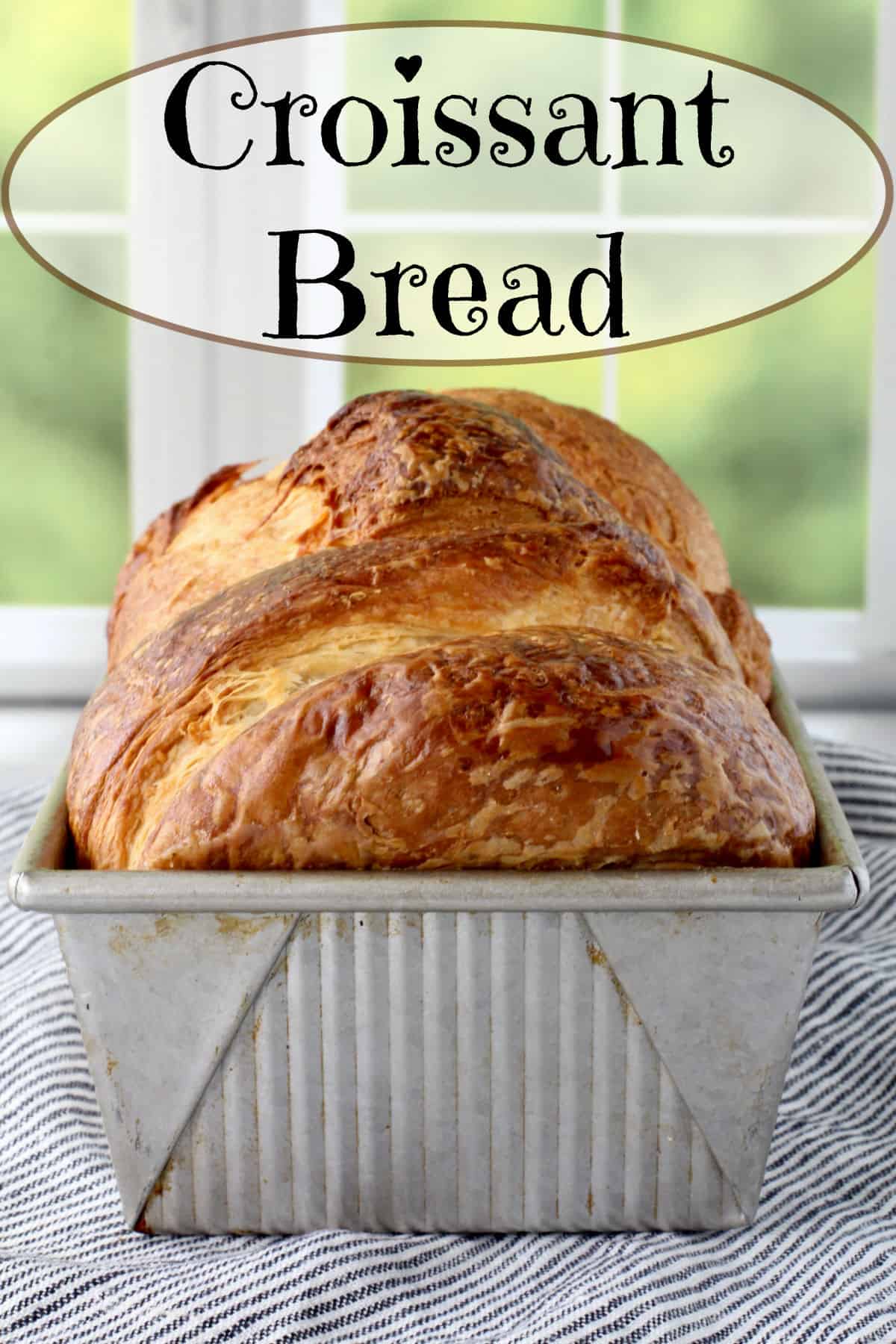This Rustic White, Rye, and Wheat Sourdough contains just enough rye flour to give me a lot of consternation.
(Consternation you ask? They are redesigning the SAT and I feel obligated to preserve words that we do not use in our day-to-day discourse. I've also heard that the SAT is going back to a high score of 1600 points. This means we can go back to comparing our scores with our kids'.)
Let's talk about the word "rustic." As my friend Cathy suggests, it means that if your bread or pizza is misshapen, it's "rustic," and you meant it to turn out that way.
Rye. I have a love-hate relationship with it. It does not behave like wheat flour. It gets gummy if it is over worked. While it has gluten, it is difficult to develop surface tension in breads. Surface tension is the holy grail to get your boule to rise up tall and not sideways and flat.
 |
| Slashed before baking |
When I had to pretty much drop this dough into the bannetons because it stuck to the counter and wouldn't allow me to form a perfectly rounded boule (I'm thinking that I should have used more flour on the counter, and water on my hands), I just crossed my fingers and begged the bread fairies to make this turn out okay.
While the loaves were a little flatter than usual, I was really pleased with the results. There is a distinct sourdough flavor, along with a nutty whole wheat flavor. It is so amazingly good toasted and slathered with butter.
 |
| Baked without slashing |
David also says that he often substitutes spelt or einkorn for the whole wheat, and durum for part of the white flour.
Are you ready to give rye a try? (By the way, this does not taste at all like deli rye.)
Rustic White, Rye, and Wheat Sourdough
Starter (Day 1)
150 g Unbleached all purpose flour
50 g whole wheat flour
50 g dark rye
200 g water, 80 degrees F
50 g of active sourdough starter
Mix the above ingredients in the evening, cover with plastic wrap and allow to sit overnight at room temperature.
Bread (Day 2)
700 g water at 80 degrees F
All of the starter
700 g unbleached all purpose flour
200 g rye flour
100 g whole wheat flour
20 g salt
- In the afternoon, add the starter to the water and stir to mix well.
- Add the rest of the ingredients and mix with your hand, until all of the ingredients are incorporated.
- Cover and let sit for 30 minutes.
- Stretch and fold four times, every 30 minutes.
- Allow to rise until it has doubled its original size. This could take one to three hours depending on the ambient temperature.
- Generously dust two 9 inch (or so) bannetons or towel lined bowls with a 50/50 mixture of all purpose and rice flour.
- Divide the dough in half and form into boules. If you can, develop a taught skin on the boules.
- Place the dough into the bannetons/bowls. Cover with oiled plastic wrap and let rise for about an hour. Place in the refrigerator overnight.
Bread (Day 3)
- Place two Dutch ovens in the oven and preheat it to 500 degrees F (alternatively, you can use one Dutch oven and bake the loaves one at a time, reheating the Dutch oven between bakes).
- Remove the pans from the oven and, using a parchment sling, place the dough into the Dutch ovens, slash the loaves (or not), and cover. Place them back into the oven and lower the temperature to 475 degrees F. for 30 minutes.
- After 30 minutes, remove the loaves from the Dutch ovens and place them on a sheet pan and bake for another 10 minutes at 425 degrees F. until the bread reaches an internal temperature of about 205 to 210 degrees.
- Cool on a rack for about an hour.





